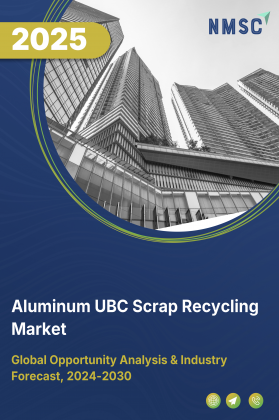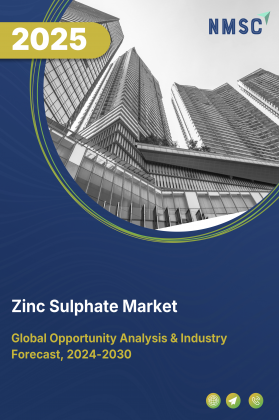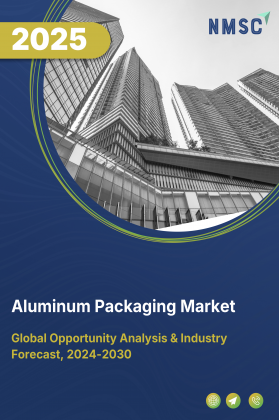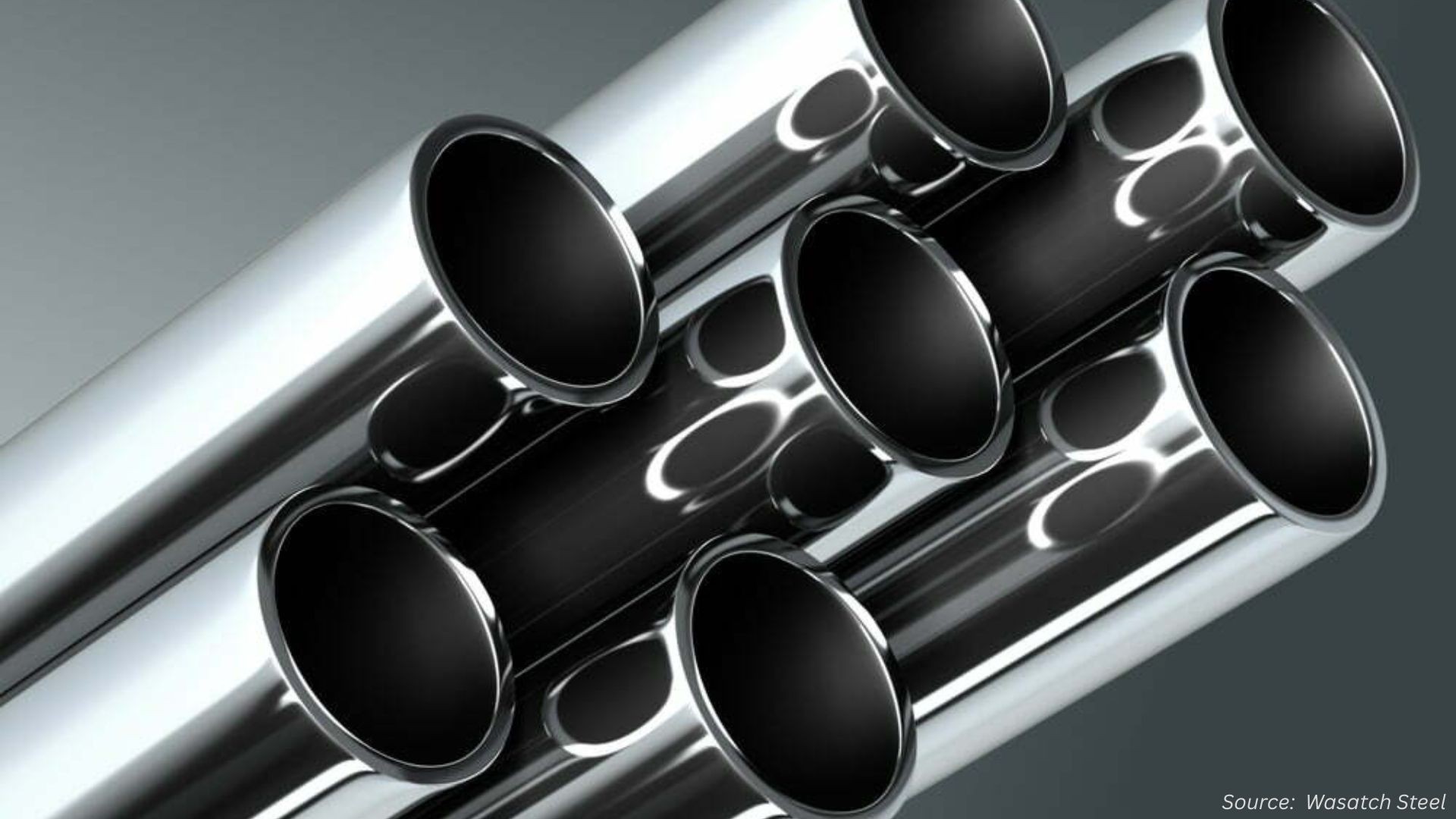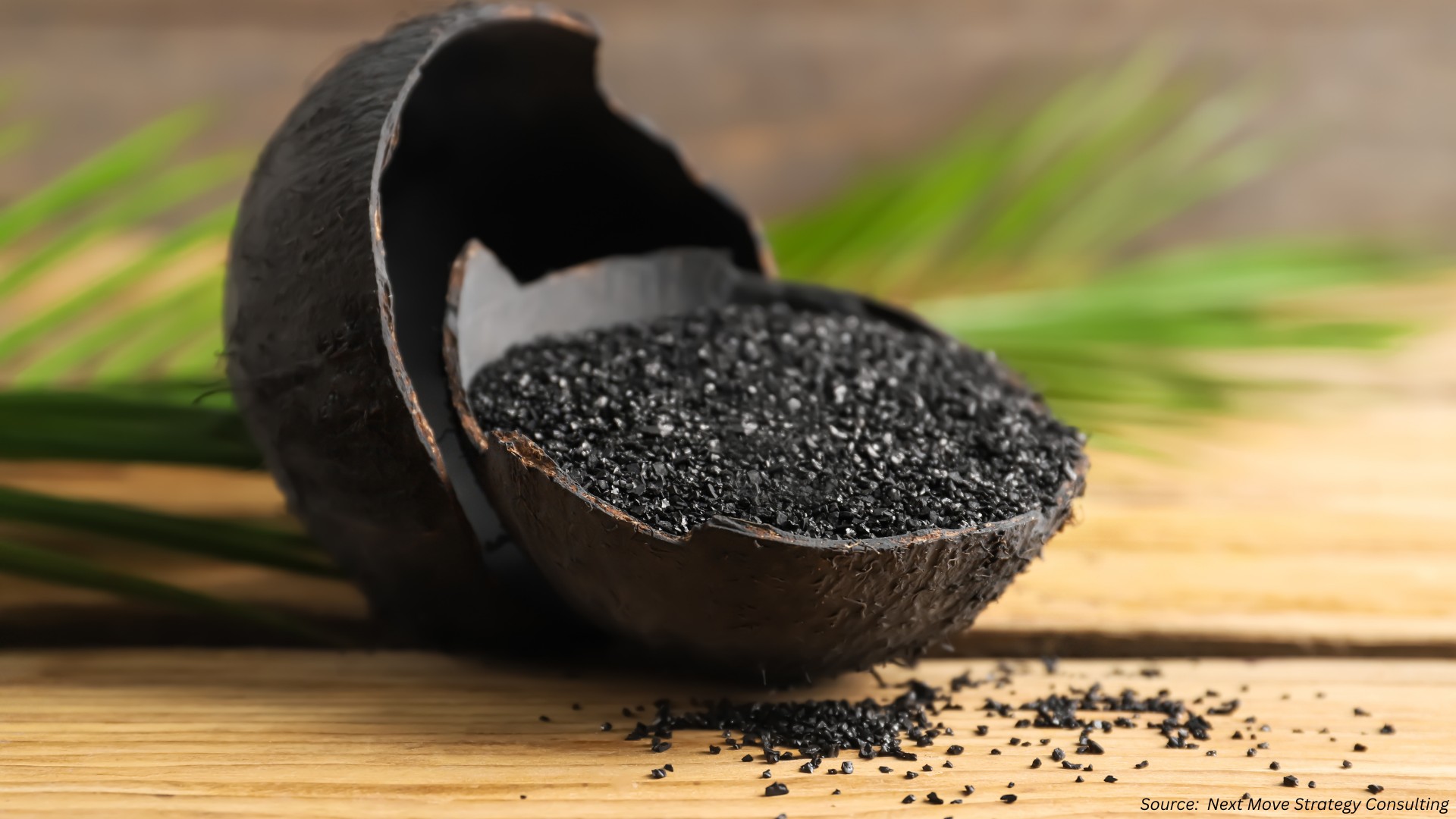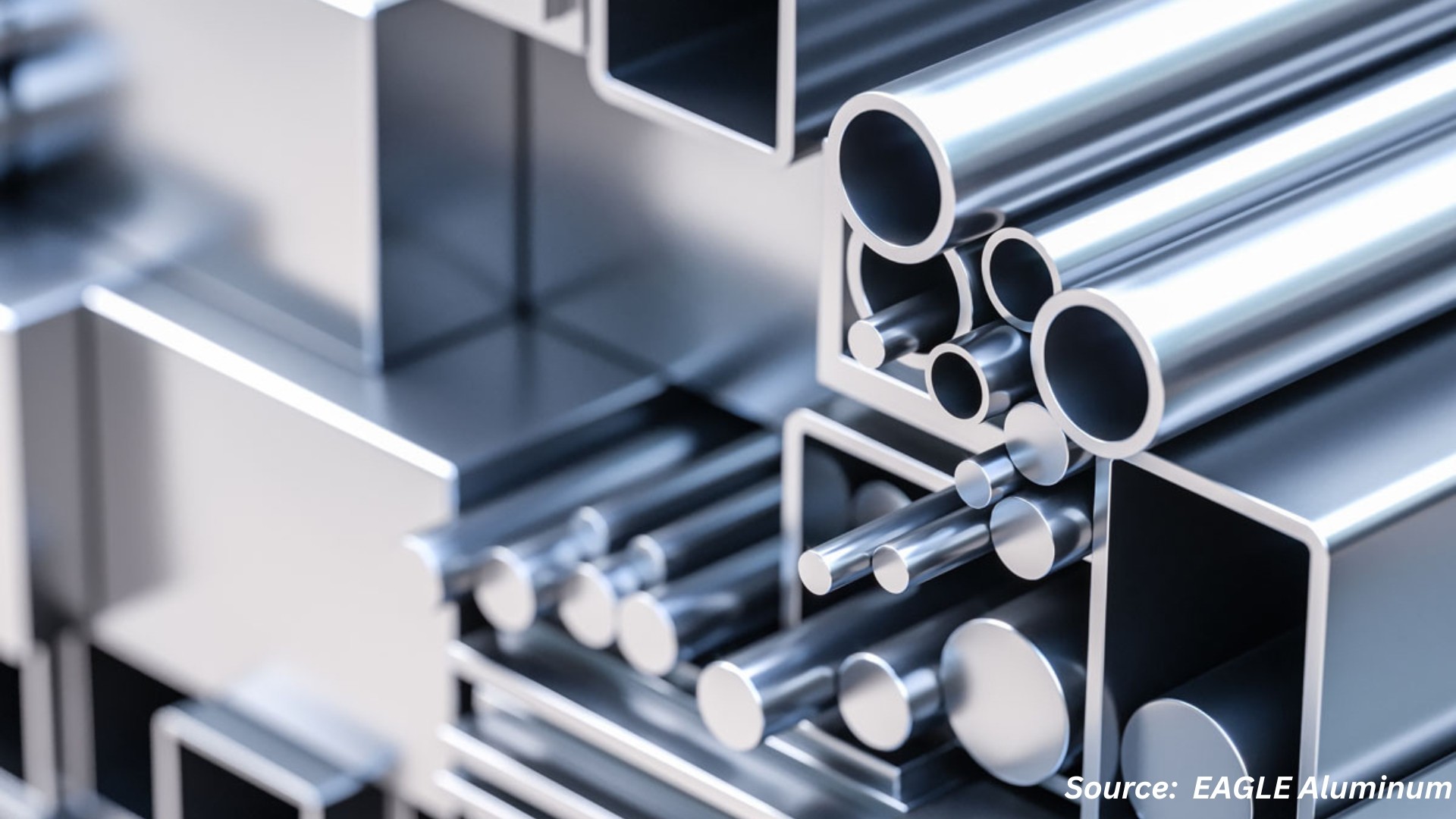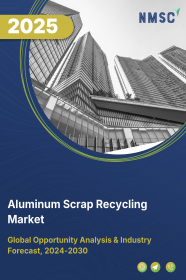
Aluminum Scrap Recycling Market by Scrap Type (Cast Aluminum, Cans, Foil, Extrusion, and Others), by Category (New Scrap, Old Scrap), by Alloy Type (Wrought, Casting, Mixed), by Source (Household, Commercial, Industrial, and Construction Waste), by Recycling Process (Collection, Sorting, Melting, and Others), and by End User Industry (Automotive, Construction, Packaging, Aerospace & Defense, Consumer Appliances and Others) – Global Opportunity Analysis and Industry Forecast, 2025–2030
Industry Overview
The global Aluminum Scrap Recycling Market size was valued at USD 33.7 billion in 2024 and is predicted to reach USD 35.9 billion by the end of 2025. The industry is predicted to reach USD 48.6 billion by 2030 with a CAGR of 9.8% from 2025-2030.
The market is gaining momentum, driven by strong regulatory support, rising demand from end-use industries, and the economic benefits of energy-efficient recycling. Initiatives like India’s dedicated recycling portal and supportive policy frameworks are advancing circular economy goals and stakeholder collaboration.
Industries such as automotive, construction, and packaging are increasingly turning to recycled aluminum to meet sustainability targets. While infrastructure limitations pose challenges in some regions, innovations in advanced sorting technologies are improving recovery rates and material quality. With its cost savings, reduced emissions, and infinite recyclability, aluminum scrap recycling is becoming an essential pillar in sustainable industrial ecosystems
Regulatory Support and Government Policies Boost Market Growth
Regulatory initiatives aimed at promoting sustainability have become a key driver of the aluminum scrap recycling market growth. In a notable move, the Government of India launched a dedicated Non-Ferrous Metal Recycling Website and Stakeholders’ Portal in July 2025 as part of the National Non-Ferrous Metal Scrap Recycling Framework. Led by the Ministry of Mines and JNARDDC, this initiative is designed to enhance transparency, enable data-driven decision-making, and strengthen collaboration among industry stakeholders involved in aluminum and other non-ferrous metal recycling. Such policy-backed efforts are playing a crucial role in advancing the circular economy and boosting the growth of the aluminum scrap recycling sector.
Rising Demand from End-Use Industries Accelerates the Market Expansion
The growing demand from key end-use industries, particularly automotive, construction, and packaging, is significantly propelling the market. Aluminum's lightweight, durable, and corrosion-resistant properties make it a preferred material in these sectors, especially as they increasingly adopt sustainable and circular production models. In the construction sector alone, where recycled aluminum plays a crucial role, U.S. Census Bureau data reports that spending reached USD 2.1 trillion in 2024, marking a 6.5% year-over-year increase. This surge reflects the expanding opportunities for aluminum scrap utilization driven by rapid urbanization and global infrastructure development.
Economic Incentives from Energy Savings Fuel the Growth of the Market
Economic incentives from energy savings significantly drive the aluminum scrap recycling market demand. Aluminum scrap recycling is an exceptionally energy- and cost-efficient process, consuming 95% less energy than required for primary aluminum production. This drastic reduction in energy use also leads to significantly lower greenhouse gas emissions, with recycled aluminum generating just 5% of the emissions compared to virgin material. The process is highly efficient, with only 1–2% material loss during remelting, primarily due to oxidation. Moreover, aluminum retains its properties through repeated cycles, enabling near-infinite recyclability without compromising quality. These advantages not only reduce environmental impacts but also provide strong economic incentives, encouraging industries to integrate recycled aluminum into their production to meet cost and sustainability targets.
Inadequate Recycling Infrastructure Hinders the Widespread Growth of the Market
A significant restraint in the market is the underdeveloped recycling infrastructure, especially in emerging economies. Many countries in regions such as Asia-Pacific and Latin America face a shortage of efficient collection networks, advanced sorting facilities, and modern recycling technologies. These infrastructure gaps hinder the streamlined processing of aluminum scrap, making it difficult to meet the rising demand driven by industrial growth and sustainability goals. Furthermore, the lack of standardized recycling frameworks contributes to operational inefficiencies and elevated costs, deterring small and medium enterprises from participating. Without substantial infrastructure investments, the market's scalability remains limited, restricting overall growth despite increasing scrap availability and end-user demand.
Advanced Sorting Technologies Creates Market Opportunities
Advanced sorting technologies and modern production processes present a significant opportunity for the market. A notable example is Hydro's investment of approximately USD 200 million in March 2025 to establish a state-of-the-art recycling facility in Spain. The plant is designed to process around 70,000 tons of aluminum scrap annually using sophisticated sorting systems and efficient processing techniques. This initiative highlights the increasing focus on automation and precision in recycling operations, which enhances recovery rates, improves material quality, and boosts overall efficiency, critical elements for scaling the industry and achieving long-term sustainability goals.
Market Segmentations and Scope of the Study
The aluminum scrap recycling market report is segmented by scrap type into cast aluminum, aluminum cans, sheet aluminum, foil, ingot returns, extrusion scrap, wire scrap, turnings & borings, and other scrap. By category, it includes new scrap and old scrap. Alloy types include wrought, casting, and mixed alloys. By source, scrap is collected from household, commercial, industrial and construction & demolition waste. (structural components, debris). Recycling processes comprise baling, collection, sorting, shredding and granulation, melting and casting, chemical, and mechanical methods. End user industries include automotive (body panels, wheels), building & construction (facades, roofing), electrical & electronics (wiring, consumer electronics), machinery & equipment, packaging (cans, foils), aerospace & defense, and consumer appliances. On the basis of region, the market is classified into North America, Europe, APAC and ROW.
Geographical Analysis
North America, led by the United States, plays a significant role in the aluminum scrap recycling market share, supported by a strong industrial foundation, well-developed recycling infrastructure, and favorable policy environment. As reported by the U.S. Geological Survey’s Mineral Commodity Summary in 2025, around 3.6 million tons of aluminum were recovered from purchased scrap in 2024, with 56% sourced from new (manufacturing) scrap and 44% from old (post-consumer) scrap. This accounted for approximately 37% of the country’s apparent aluminum consumption, highlighting the sector’s growing importance in minimizing dependence on primary aluminum production.
Europe remains a mature and advanced hub for aluminum scrap recycling, with countries such as Germany, the UK, and the Netherlands at the forefront, driven by strict environmental regulations and robust circular economy policies. In 2024, the UK alone recycled 157,049 tonnes of aluminum packaging, as reported by the National Packaging Waste Database of the Environment Agency. The European Union’s Circular Economy Action Plan, an integral part of the European Green Deal, further accelerates progress, targeting a 70% recycling rate by 2030 and prompting increased investment in recycling technologies and infrastructure across the region.
The Asia-Pacific region presents substantial growth opportunities for the market, largely fueled by the expanding automotive sector in China. In 2024, China, the world’s largest automobile producer, achieved a vehicle output of 31.28 million units, marking a 3.7% increase from the previous year, according to the China Association of Automobile Manufacturers (CAAM). Auto sales also rose by 4.5% to reach 31.44 million units, reinforcing the demand for recycled aluminum as manufacturers seek lightweight and sustainable materials to meet production and environmental targets.
The Rest of the World, which includes regions such as Latin America, the Middle East, and Africa, exhibits diverse levels of adoption in aluminum scrap recycling, influenced by increasing environmental awareness but constrained by economic and infrastructural limitations. According to the International Trade Administration, aluminum plays a vital role across multiple industries such as construction, automotive, packaging, and electronics. In 2024, Brazil, a key player in the Latin American market, consumed approximately 1.5 to 2.0 million tons of aluminum annually, reflecting the region’s growing industrial demand and potential for expanded recycling initiatives.
Strategic Innovations Adopted by Key Players
Key players in the global aluminum scrap recycling industry are actively employing innovative strategies to meet the rising demand for sustainable materials. A prominent trend is the expansion of recycling capabilities and technological advancements.
-
In April 2025, Novelis expanded its aluminum scrap recycling capacity with the opening of the Ulsan Aluminum Recycling Center, reinforcing its commitment to the global industry.
-
In 2025, Norwegian aluminum and renewable energy company Hydro marked the start of construction of the latest addition to its expanding recycling portfolio, further reinforcing its commitment to the industry.
-
In June 2025, Speira opened the first of four new tiltable rotary furnaces at its Grevenbroich facility, designed to efficiently process heavily contaminated aluminum scrap and dross, enhancing its recycling capacity and sustainability efforts.
-
In 2024, Capral, Sims Metal, and Rio Tinto launched a closed-loop aluminum scrap recycling initiative in Australia, processing extrusion scrap domestically to produce billets with at least 20% recycled content, reinforcing its commitment to the global industry.
-
In February 2024, AMAG inaugurated an advanced surface treatment and wastewater system at its Ranshofen facility to enhance capacity and sustainability in its rolled aluminum products
Key Benefits
-
The report provides quantitative analysis and estimations of the industry from 2025 to 2030, which assists in identifying the prevailing market opportunities.
-
The study comprises a deep dive analysis of the current and future aluminum scrap recycling market trends to depict prevalent investment pockets in the sector.
-
Information related to key drivers, restraints, and opportunities and their impact on the market is provided in the report.
-
Competitive analysis of the players, along with their market share, is provided in the report.
-
SWOT analysis and Porters Five Forces model is elaborated in the study.
-
Value chain analysis in the market study provides a clear picture of the roles of stakeholders.
Aluminum Scrap Recycling Market Key Segments
By Product Type
-
Converter Foil
-
Household Foil
-
Industrial Foil
-
Printed Foil
-
Laminated Foil
-
Heavy Duty Foil
-
Others
By Thickness
-
Below 0.007 mm
-
0.007 mm to 0.015 mm
-
0.015 mm to 0.2 mm
-
Above 0.2 mm
By Packaging Type
-
Flexible Packaging
-
Pouches
-
Sachets
-
Wrappers
-
-
Rigid Packaging
-
Trays
-
Containers
-
Foil Lids
-
Blister
-
Cans
-
-
Semi-Rigid Packaging
-
Laminated Tubes
-
Aseptic Packaging
-
By Form
-
Rolls
-
Sheets
-
Pre-Cut Sheets
-
Embossed Foil
-
Coated Foil
By Manufacturing Process
-
Rolling
-
Annealing
-
Coating
-
Printing
-
Laminating
By Application
-
Packaging
-
Food & Beverage
-
Tobacco
-
-
Industrial
-
HVAC
-
EV Batteries
-
Thermal Insulation
-
Cable Wraps
-
By End Users
-
Commercial
-
Food Service Providers
-
Pharmaceutical Companies
-
Healthcare
-
Cosmetic Manufacturers
-
Consumer Goods
-
Electronics
-
-
Household Consumers
By Region
-
North America
-
The U.S.
-
Canada
-
Mexico
-
-
Europe
-
The UK
-
Germany
-
France
-
Italy
-
Spain
-
Denmark
-
Netherlands
-
Finland
-
Sweden
-
Norway
-
Russia
-
Rest of Europe
-
-
Asia Pacific
-
China
-
Japan
-
India
-
South Korea
-
Australia
-
Indonesia
-
Singapore
-
Taiwan
-
Thailand
-
Rest of Asia Pacific
-
-
RoW
-
Latin America
-
Middle East
-
Africa
-
Key Players
-
Matalco Inc.
-
Novelis Inc.
-
Speira GmbH
-
Stena Metall AB
-
Real Alloy
-
Alcoa Corporation
-
Norsk Hydro ASA
-
Ye Chiu Group
-
CMR Technologies Ltd.
-
Jain Metal Group
-
Harbor Aluminum
-
Dutch Scrap recycling BV
-
Al Zuhour Al Hamra Metal Scrap Tr. LLC
REPORT SCOPE AND SEGMENTATION:
|
Parameters |
Details |
|
Market Size in 2025 |
USD 35.9 billion |
|
Revenue Forecast in 2030 |
USD 48.6 billion |
|
Growth Rate |
CAGR of 9.8% from 2025 to 2030 |
|
Analysis Period |
2024–2030 |
|
Base Year Considered |
2024 |
|
Forecast Period |
2025–2030 |
|
Market Size Estimation |
Billion (USD) |
|
Growth Factors |
Regulatory support and government policies boosts market growth. Rising demand from end-use industries accelerates the market expansion. Economic incentives from energy savings fuel the growth of the market. |
|
Countries Covered |
28 |
|
Companies Profiled |
15 |
|
Market Share |
Available for 10 companies |
|
Customization Scope |
Free customization (equivalent up to 80 working hours of analysts) after purchase. Addition or alteration to country, regional, and segment scope. |
|
Pricing and Purchase Options |
Avail customized purchase options to meet your exact research needs. |

















 Speak to Our Analyst
Speak to Our Analyst



